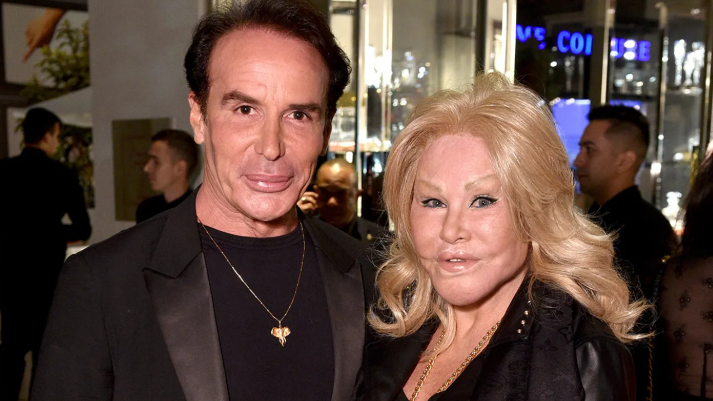How to Make a Killing — Why Glen Powell’s New A24 Thriller Could Shake Up Hollywood’s Money Game
The Trailer That Has Hollywood Watching
The newly released trailer for A24’s upcoming film How to Make a Killing has set pulses racing. Leading man Glen Powell stars as Becket Redfellow, a blue-collar heir to a multi-billion dollar family empire who was disowned at birth. Now obsessed with reclaiming what he believes is rightfully his, Becket goes to extreme lengths — a dark, twisted inheritance hunt where wealth, betrayal and ambition collide. The film’s edgy tone, sharp dialogue and ruthless premise promise a thrilling ride when it hits cinemas on February 20, 2026.
The trailer’s release marks more than just the unveiling of a new movie. It signals the arrival of a project that blends high-stakes drama with themes of greed, revenge and the corrupting power of money — topics that resonate far beyond the screen. And in the world of global entertainment, that resonance often translates into big business.
A24’s Bold Bet: Changing the Film Money Formula
A24 earned its reputation backing bold, unconventional films — from horror cult hits to indie dramas that pushed boundaries. With How to Make a Killing, the studio appears to double down on that strategy: high risk, high reward content that plays to both mainstream appetites and cult followings. The combination of a provocative storyline and a rising star like Powell sets the stage for strong box office potential — especially as audiences look for thrillers with edge and substance.
The business logic is clear. Films with tight budgets, provocative concepts and strong marketing hooks often deliver outsized returns. If How to Make a Killing gains traction — whether through box office, streaming deals or licensing — it could prove highly profitable for A24. Past A24 releases have shown such returns when they tap cultural conversation successfully.
Why This Story Has Real Money Potential — Beyond the Movie
What makes How to Make a Killing especially interesting isn’t just the storyline. It’s the way the film’s financial model taps into modern media economics. In simple terms the project uses a lean production cost with high upside potential, leveraging an ensemble cast, provocative premise, and a marketing push that plays on social media buzz and curiosity.
A successful run could generate multiple revenue streams: theatrical box office, streaming rights, international distribution, and even merch/licensing spin-offs. On top of that, the film’s themes around wealth and inheritance may draw extra attention — sparking debates and shares online, which amplify visibility and reach.
For studios and investors, that means this isn’t just a film — it’s a business asset. A well-timed release and smart distribution strategy might yield profit margins significantly above average for similar-budget films.
What This Means for Glen Powell — A Star on the Rise with Financial Upside
For Powell personally, How to Make a Killing could be a career milestone. Already riding momentum from recent projects, this film strengthens his positioning as a bankable star capable of leading high-stakes thrillers. With a strong performance and solid box office showing, his market value could rise substantially — opening doors to bigger roles, more lucrative contracts and long-term financial opportunity.
In a film industry where name recognition translates directly into bargaining power, a hit like this can reshape an actor’s earning trajectory. For Powell, this could mean a shift from mid-tier paychecks to headline-leading deals.
The Financial Angle: Why “How to Make a Killing” Matters Far Beyond the Screen
This film could become a blueprint for how mid-budget thrillers turn into profitable financial engines. Because it uses modest production costs, leans on a cast led by a rising star, and has a storyline that ignites buzz, the break-even threshold is relatively low while upside remains high.
If the film hits even modest success say $30 – $50 million global box office it could quickly recover production costs. Add streaming and licensing deals, and the margins widen further. For studios like A24 this model reduces risk and maximizes reward. It’s a lean-and-mean strategy that thrives in today’s streaming-driven film economy.
For an actor like Glen Powell, it means long-term value growth. A hit amplifies his negotiating power, increases his draw in future projects, and solidifies his status not just as a capable star, but as a compelling financial asset for studios.
In an industry where film rights, licensing, and streaming residuals define wealth more than one-off paychecks, How to Make a Killing could be a turning point a film that sets its backers and stars up for years of returns on a relatively modest investment.
According to analysis reviewed by CEO Today this kind of film strategy is increasingly common among independent studios looking to capitalize on demand for bold content while controlling costs and maximizing profit potential.











